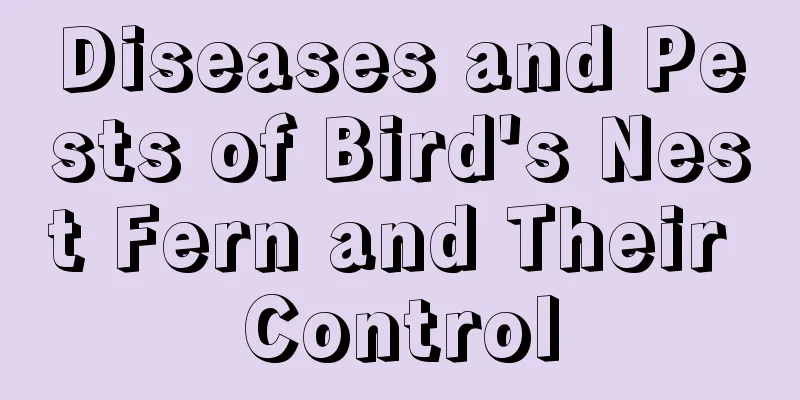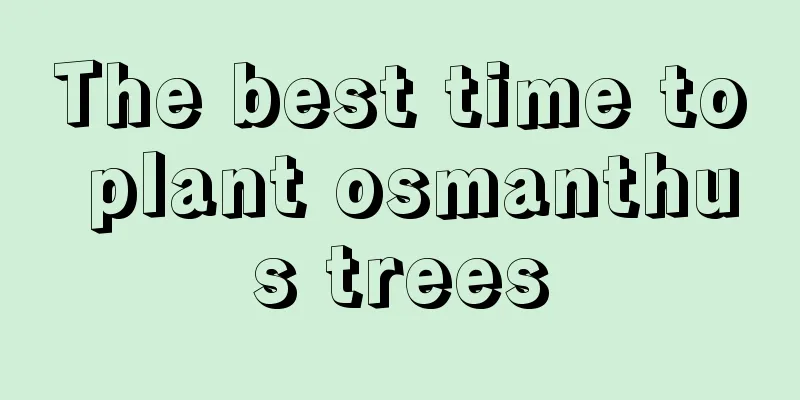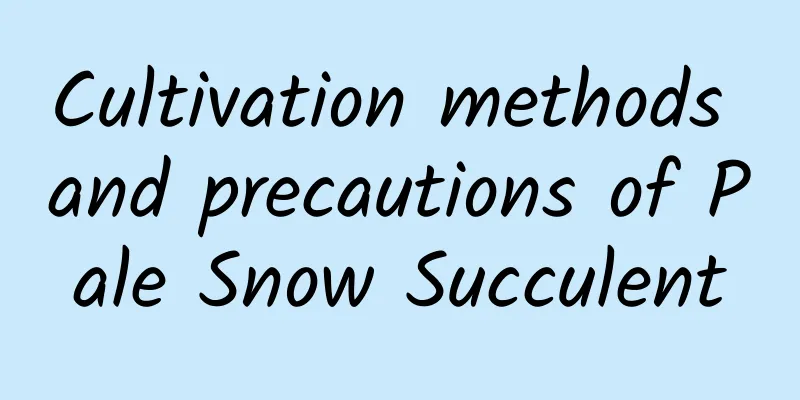Diseases and Pests of Bird's Nest Fern and Their Control

1. Anthrax.Anthracnose is a common fungal disease. When the disease occurs, pink sticky substances will appear on the lesions, which mainly harm the tender leaves of bird's nest ferns. At the beginning, small, nearly circular, dark brown spots that look like water stains will appear on the leaf edges or leaf tips, and then gradually expand from a few spots to large irregular patches, and the color turns into burnt yellow. Some spots will appear cloud-like with light red halos on the edges. After that, the spots will turn grayish white with many tiny black spots. In severe cases, the entire leaf will die. Prevention is the main approach to the control of this disease. Spraying should be done during the rainy season and hot and humid seasons when new leaves are forming. Ensure appropriate temperature, humidity, and good ventilation, keep the leaves dry, and be careful not to introduce diseased plants. Thoroughly remove diseased debris near the leaves of the bird's nest fern to prevent the occurrence of this disease. 2. Brown spot disease.The brown spot disease of ferns is also known as leaf spot disease or leaf blight. It often occurs at the top of the leaves. The affected leaves initially appear as circular black spots, which then expand into circular or nearly circular shapes. The edges of the spots are dark brown, while the center is gray-black with small black spots. After that, the spots will expand rapidly, and the leaves will eventually turn black, dry up, and die. The main transmission route of this disease is fallen leaves. It can occur in spring, summer and autumn, and is more prevalent in hot and humid seasons. To prevent and control this disease, when diseased plants are found, they must be immediately isolated and sprayed with pesticides, or cut off and burned in a centralized manner, while spraying pesticides for protection at the same time. Drugs can be 50% carbendazim 1000 times liquid etc. 3. Nematode disease.Also known as root-knot nematode or root-knot nematode, the pathogen is a white, thread-like, soft-bodied worm with pointed ends. The diseased plants develop brown spots, wilt, and gradually wither and die. Many species of greenhouse ferns are susceptible to nematodes. The prevention and control method is to reduce the damage by removing the affected leaves and eliminating the growth conditions of nematodes. You can use insecticides such as 10% chlorpyrifos or 25% propamiphos for spraying. After applying the pesticide, cover the plants with fresh loess and irrigate with a small amount of water, which can significantly reduce the population density of root-knot nematodes. You can also use hot water treatment to prevent and control nematode infestation in the nest fern. Before planting the nest fern, soak the plant in 43°C hot water for about 10 to 15 minutes. |
<<: Diseases and Pests of Begonia and Their Control
>>: Strelitzia reginae pests and their control
Recommend
Lemon Diseases and Their Prevention
Lemon scab Symptoms and occurrence The disease ma...
Cultivation methods and precautions of bicolor jasmine
1. Breeding methods 1. Flower soil: It is more su...
How to care for newly bought hollyhocks
1. Lighting Hollyhock loves sunlight, and suffici...
Does Kalanchoe like the sun?
Kalanchoe likes the sun Kalanchoe likes the sun, ...
How to grow spider plants more vigorously
1. Loose soil In order to make spider plants grow...
Valerian cultivation methods and precautions
Growth habit Before you know how to grow this pla...
How to build a pond for raising soft-shelled turtles?
Soft-shelled turtle is not only a precious food i...
Where is the best place to plant figs?
Figs taste sweet and have a large market demand, ...
When is the best time to plant sweet potatoes?
Sweet potato, which is what we usually call sweet...
Can the Swallow's Palm be placed in the bedroom?
1. Can it be placed in the bedroom? It can be pla...
The efficacy and function of blackberry
1. Clear away heat and dampness Blackberry has th...
If you grow Sansevieria and Asparagus Fern like this, they will not only bloom every year, but also bear fruits!
Tiger Piranha The first thing Huahua wants to tal...
Which month is suitable for planting cotton?
When is cotton planted? Cotton is usually planted...
How to propagate the succulent Guanghan Palace and what to pay attention to
How to propagate the fleshy Guanghan Palace The s...
Can I eat cherries if there are worms in them?
1. Reasons The bugs in cherries are the larvae of...









